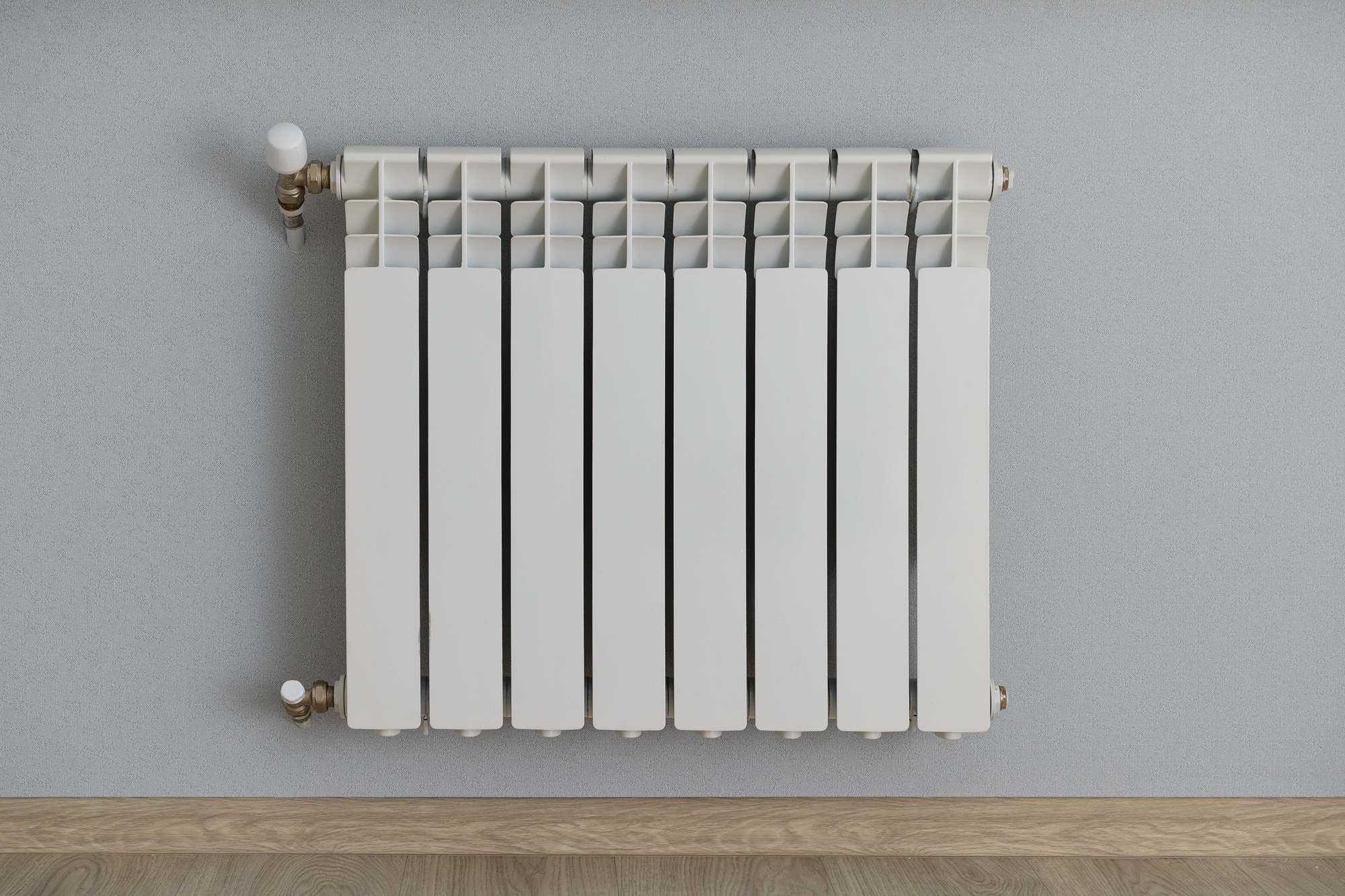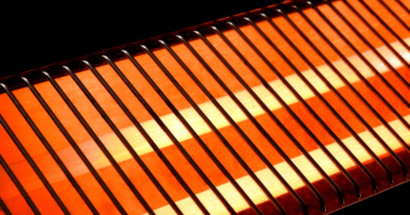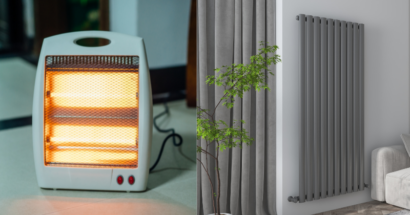When it comes to heating our homes, especially during those chilly UK winters, we often find ourselves choosing between two main types of heaters: convection vs radiant heaters. Both these heating solutions have their unique components and elements, making them suitable for different scenarios. Let’s delve deeper into understanding these two types and how they’re used in UK households.
Types of Heaters
There are two main types of heaters that have been the talk of the town: convection and radiant heaters. Both have their unique components and elements, making them suitable for different scenarios.
What’s the Difference?
Convection heaters work by using heat energy and heating the air in a room, while radiant heaters directly warm up objects and people. It’s a bit like comparing apples to oranges, but don’t worry, we’ll break it down for you.
What is a Convection Heater?
Convection heaters are a popular choice for many households in the UK, especially during those chilly winter months. They work by heating the air in a room, which then circulates around, providing a warm and cozy environment.
Popularity in the UK: According to the Energy Saving Trust, approximately 7% of households in England, 5% in Wales, 11% in Scotland, and 8% in Northern Ireland use electric heating, which includes convection heaters. They are especially common in flats, rented properties, and homes without access to mains gas.
How Do Convection Heaters Work?
Convection heaters operate on a pretty simple principle. They pull in cold air from the room, heat it up using an internal heating element, and then push out the warmed air. This creates a cycle where the heated air rises and displaces the cooler air, which then moves downwards towards the heater to be warmed up. It’s this continuous cycle that ensures ambient air in a room gets heated uniformly.
Types of Convection Heaters
The market offers a diverse range of convection heaters, including:
- Wall-Mounted Panel Heaters: These sleek devices, sometimes confused with electric radiators, are prevalent in homes and smaller commercial areas. They deliver steady warmth and are typically mounted on walls.
- Fan-Assisted Heaters: Integrating heating elements with adjustable-speed fans, these heaters not only warm the air but also disperse it throughout the space, ensuring a quicker and uniform temperature rise.
- Column Oil Heaters: Recognized as oil heaters, they utilize oil as a thermal storage medium. The oil gets heated by an electric component and then flows within the columns, emitting heat.
- Gas-Powered Convection Heaters: Operating on gas instead of electricity, these heaters are equipped with multiple parts such as burners, filters, and valves to optimize the heating process.
- Electric Steam Heaters: These devices produce heat electrically and use steam to elevate the room’s temperature.
- Oil-Fin Heaters: These heaters electrically warm up oil, which is then absorbed by foil fins to radiate heat into the surroundings.
- Ceramic Coil Heaters: This variant employs metal coils connected to ceramic panels. The panels absorb the electrically generated heat and release it into the environment.
- Forced Air Fan Heaters: These heaters push air over the heating element, accelerating heat distribution.
- Furnace Heaters: These heaters combust oil or gas and channel the heat via ducts in walls or floors.
All use the same convection principle, but each generates the heat in a different way.
Benefits of Convection Heaters
- Energy Efficiency: Convection heaters are known for their energy efficiency, especially when used in enclosed spaces. They can effectively heat large spaces without consuming a lot of power.
- Quiet Operation: Most convection heaters operate silently, making them perfect for spaces like studies or home offices where noise can be a distraction.
- Uniform Heating: Thanks to the convection currents, these heaters ensure that warmth is evenly distributed throughout the room.
Potential Downsides
- Takes Time: Convection heaters might take a bit longer to heat up a room compared to radiant heaters.
- Dry Air: They can sometimes dry out the air in a room, which might not be ideal for people with respiratory issues or sensitive skin.
- Higher Electricity Bills: If not used efficiently, they can lead to higher electricity bills. It’s always a good idea to use them in tandem with a thermostat to regulate temperature and save on energy costs.
What is a Radiant Heater
Radiant heaters are a marvel in the world of heating solutions. Unlike traditional heaters that warm the air, radiant heaters directly warm objects and people, much like how sunlight warms the earth. It’s a direct, efficient, and often more comfortable way to heat spaces, especially during those nippy UK winters.
Popularity in the UK: While exact statistics on the number of UK households using radiant heaters are not readily available, their efficiency and ability to provide on-demand warmth make them a popular choice, especially in spaces where quick heating is essential.
How Do Radiant Heaters Work?
The magic behind radiant heaters lies in their ability to emit infrared radiation. This radiation directly warms objects and people in its path without necessarily heating the surrounding air. Think of it as the warmth you feel from the sun on a cold day, even if the air around you is chilly. That’s the radiant heat in action!
Types of Radiant Heaters
Diving into the world of radiant heaters, we find a variety of types tailored for different needs:
- Infrared Radiant Heaters: These are the most common type, emitting infrared rays that provide direct warmth to objects and individuals.
- Oil-Filled Radiant Heaters: These heaters use oil as a medium, which is heated electrically. The warm oil then radiates heat into the room.
- Electric Radiant Floor Heaters: Installed beneath the floor, these heaters provide warmth from the ground up, ensuring even heat distribution.
- Gas-Powered Radiant Heaters: Using gas as a fuel source, these heaters are often used in larger spaces or outdoor areas.
Benefits of Radiant Heaters
- Instant Warmth: One of the standout features of radiant heaters is their ability to provide immediate warmth, without the long wait.
- Energy Efficiency: By directly heating objects and people, radiant heaters often consume less energy compared to other heating methods. Plus, they offer a safer and cleaner alternative to gas.
- Cleaner Air: With radiant heaters, there’s less circulation of air, which means reduced movement of dust and allergens. This is especially beneficial for those with respiratory issues or allergies.
- Silent Operation: Most radiant heaters operate without making a sound, making them perfect for quiet environments.
Potential Downsides
- Limited Coverage: Radiant heaters warm what’s directly in front of them, which means they might not be the best choice for larger spaces.
- Higher Initial Costs: While they can be more energy-efficient in the long run, the initial investment for some radiant heaters, especially floor installations, can be higher.
- Safety Concerns: As they emit direct heat, there’s a potential risk of burns if one gets too close. It’s essential to ensure safety precautions when using them.
Benefits of Each
While convection heaters are ideal for continuous heating in enclosed spaces, radiant heaters shine in open environments or when you need quick warmth. Both have their strengths, making them both fantastic choices.
Which Type of Heater Should I Use?
Choosing the right heater for your space can be a bit of a puzzle, especially with the myriad of options available.
The Target Environment/Area
The size and type of space you’re looking to heat play a pivotal role in your choice. For larger rooms or open spaces, convection heaters might be your best bet due to their ability to circulate warm air. On the other hand, for smaller rooms or areas where you need targeted warmth, radiant heaters can be more effective.
Intermittent Versus Continuous Heating
How often do you need the heat? If you’re looking for a heater to use occasionally or for short bursts of time, radiant heaters, which provide instant warmth, might be ideal. For spaces where you need continuous and consistent heating, convection heaters are more suitable.
Energy Expenditure & Efficiency
When it comes to energy consumption, it’s essential to consider both the efficiency of the heater and the cost of running it. While electric heaters are generally more energy-efficient, gas heaters can sometimes be more cost-effective due to the lower price of gas in some areas.
Allergens And Contaminants
If you or someone in your household has allergies, it’s crucial to consider the type of heater. Radiant heaters, which warm objects and people directly, tend to circulate fewer allergens compared to convection heaters.
Gas Heat vs Electric Heat
While gas heaters might be the go-to in regions where gas prices are lower than electricity, electric heaters present a more secure and environmentally-friendly choice, particularly in indoor settings. We lean towards endorsing electric heating options for several reasons:
- Electric heaters generally have a lower initial cost.
- They tend to have a longer lifespan compared to gas heaters.
- The absence of a need for ventilation simplifies their installation.
- They present minimal health hazards.
- Maintenance for electric heaters is straightforward and hassle-free.
In essence, electric heating provides a cleaner, more user-friendly warmth solution.
Single Panel vs Double Panel
Single panel heaters, with their sleek design, are typically a fit for more confined spaces. On the other hand, double panel heaters, boasting a larger surface area, are adept at delivering enhanced warmth, making them a preferred choice for spacious rooms.
When deciding between the two, it’s essential to understand the nuances. A single panel radiator comes with just one row of fins, leading to a less efficient heat distribution and necessitating expert flushing for maintenance. In comparison, a double panel convector, while still having a single set of fins, benefits from two panels, ensuring a more effective heating process. For those seeking the pinnacle of heating system efficiency, the double panel double convector stands out as the top contender among the trio.
Your Ideal Heating Solution
Why settle for one when you can harness the power of both? Different heating methods offer distinct air qualities, and combining them can lead to optimal warmth in your home.
Consider investing in a heating unit that merges the benefits of both convection and radiant heat. This is where modern electric radiators come into play, standing out as the ideal choice for your residence.
The Slimline Curve Electric Radiator is a prime example. It seamlessly integrates convection and a radiant heating system together. With its wall-mounted design, it adds a touch of elegance without occupying much space. Beyond its sleek appearance, it’s packed with advanced features: a rapid-heating all-aluminum body, a fully digital thermostat equipped with a timer, anti-frost and open window detection, and Wi-Fi compatibility.
Users rave about this product, and it’s no surprise given its potential to slash your heating expenses by half, thanks to its energy efficiency. If you’re keen on these functionalities but can forgo the premium design, the Slimline Digital Electric Radiator is a more budget-friendly alternative.
Where to Position Your New Radiator?
Opting for a designer radiator? Showcase it! Ideal spots include the living room, dining area, or kitchen. After all, if you’re investing in aesthetics, why not flaunt it? Even the more basic models have a refined look, so there’s no need to tuck them away.
Consider these locations for your radiator:
- bedrooms
- Bathrooms
- Newly renovated spaces or extensions
- Hallways
For optimal heating, place the radiator in the room’s chilliest spot. Remember, heat ascends, so positioning it lower on the wall is wise. While radiators were traditionally installed under windows, advancements in technology have rendered this practice obsolete.
While some might be tempted to encase the radiator in a cabinet or embed it within a wall, this can hinder effective heat dispersion. Given the modern and elegant designs of our recommended radiators, concealing them seems almost a disservice. For safety, ensure the radiator’s location is free from obstructions like furniture and general clutter.
Prepare Your Home for the Chilly Weather!
Lucky for you, gone are the days where radiators only provide convection heating, or radiant heat; you can choose both! Moreover, you get to do so in style with the sleek new appearances.
For more questions and to purchase your radiant and convection heater today, contact us! With the expanse of the convection heat and the cozy feel of the radiant heat blanketing your home, you’ll welcome the colder weather.









Leave a Reply